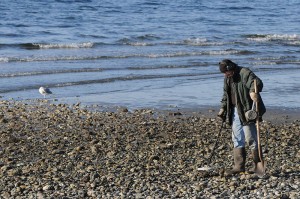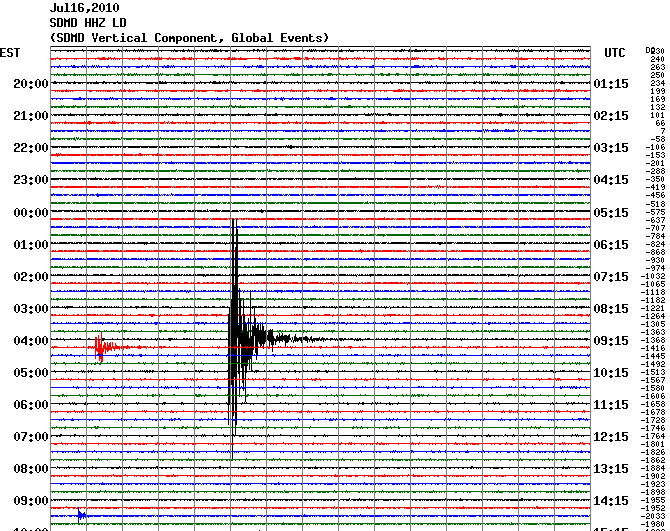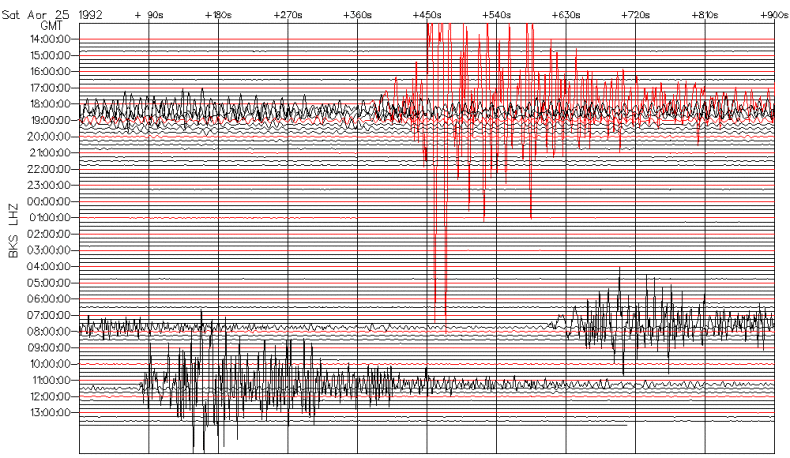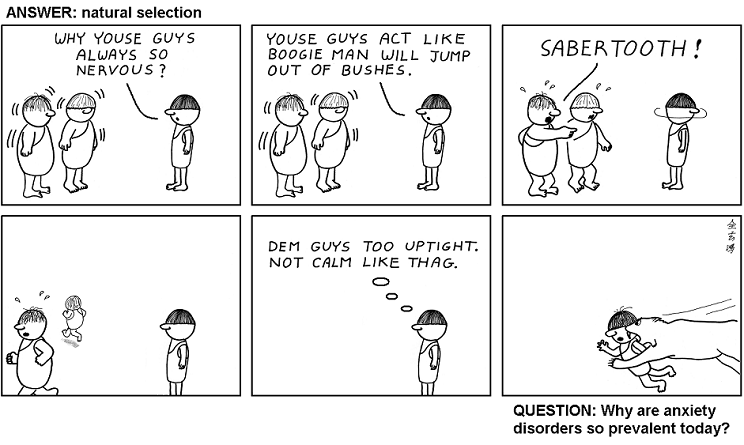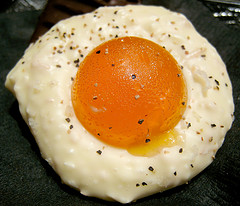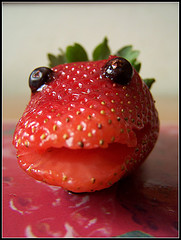
It’s one of the pitfalls of science journalism: Assigned a story, we rush madly off, interviewing scientists galore, gathering mountains of eclectic facts we’re sure our readers will love. Alas, it’s often impossible to cram all these facts on the printed page, because magazines have space constraints. C’est la vie. But hey, this is the blogosphere, where lost facts come to life again.
So here are some of the odd stories that I unearthed when researching The 12 Dirtiest Fruits and Vegetables, published in the August 2010 issue of Prevention magazine. The feature describes the Shopper’s Guide to Pesticides, produced by the Environmental Working Group. The Guide lists a “dirty dozen” of 12 fruits and vegetables with the highest pesticide residues (as determined by U.S. Department of Agriculture tests) and a “clean 15” of less-contaminated produce. (In fact, many of the items on the “clean 15” list are heavily sprayed, but are peeled before they are tested or eaten, so residues are lower.) Weird fruit-and-veggie facts follow:
